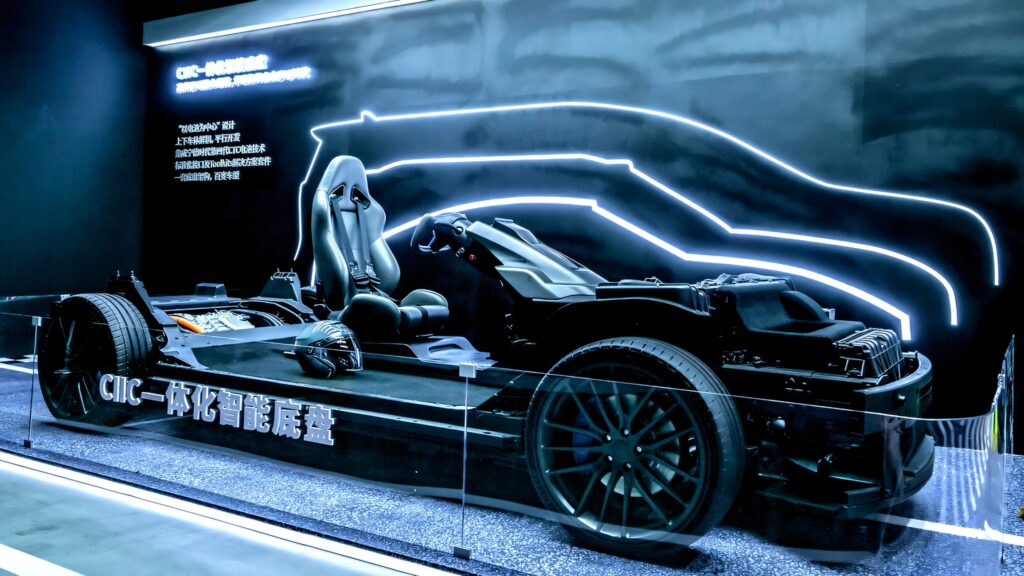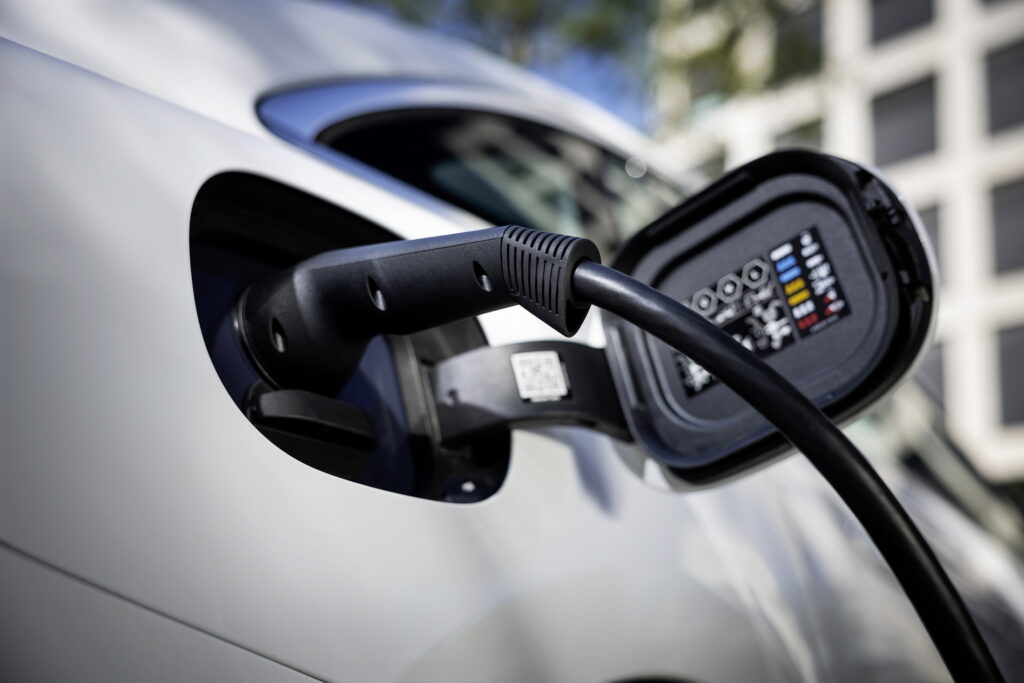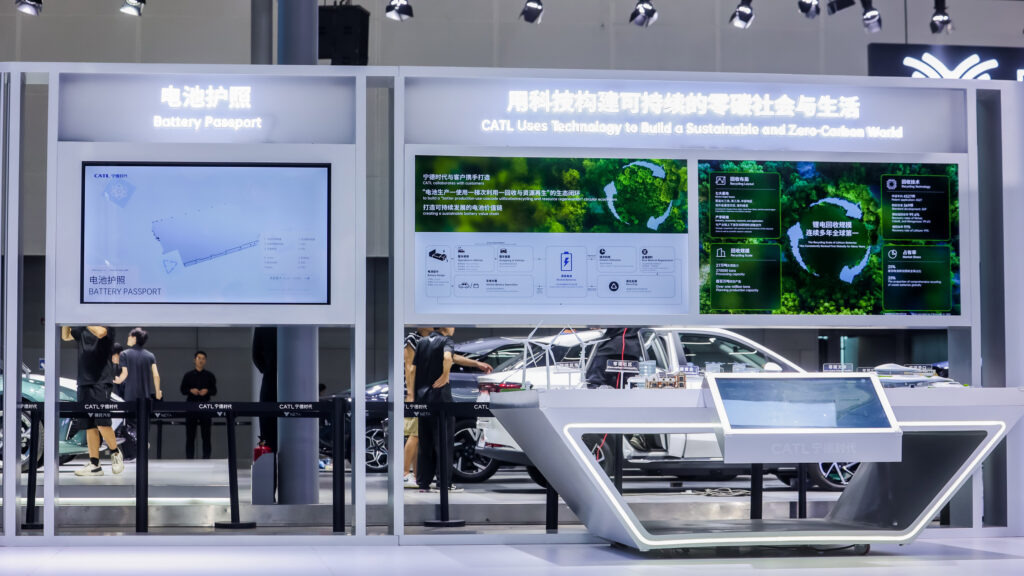Lithium metal batteries could have higher energy densities than some solid state batteries

- Lithium metal batteries are getting closer to becoming a practical solution for EVs.
- CATL’s breakthrough doubled lithium metal battery lifespan to 483 cycles, a significant leap.
- This discovery could lead to long-lasting batteries with energy densities over 500 Wh/kg.
Chinese battery giant CATL is claiming to have made a breakthrough in lithium metal battery (LMB) technology through quantitative mapping. The company said this takes them into “previously uncharted territory” in terms of electrolyte strategy and the research could pay big dividends.
As CATL explained, the breakthrough could enable LMBs to have both a high energy density and a long lifecycle. Speaking of the latter, a prototype lasted 483 cycles and could be “incorporated into state-of-the-art designs to achieve an energy density of over 500 Wh/kg.”
More: CATL’s New EV Batteries Give You A Full Charge In Minutes
To put that number into perspective, the solid state battery that Stellantis and Factorial are working on has an energy density of 375 Wh/kg. That means CATL’s lithium metal battery could beat it by over 33%.
CATL says “LMBs are widely regarded as the next-generation battery system thanks to their intrinsically high energy density, especially for high-end power applications such as long-range electric vehicles and electric aviation.” However, the company said the tradeoff has been a short lifecycle, which doesn’t make them commercially viable.
To help solve the problem, CATL “developed and refined a suite of analytical techniques to track the evolution of active lithium and each electrolyte component throughout the battery’s life cycle. This approach transformed a ‘black box’ into a ‘white box’, unveiling the critical depletion pathways driving cell failure.”

While previous assumptions pointed the finger at “solvent breakdown, dead lithium accumulation, or solvation environment disruption,” the dominant cause of cell failure is actually the “continuous consumption of the electrolyte salt LiFSI.” 71% is consumed by the time the battery dies and the firm says this shows there needs to be a focus on “electrolyte durability as a critical factor for sustained performance.”
CATL used the findings to create an optimized electrolyte formulation with a lower molecular weight diluent. The company says this “increased the LiFSI salt’s mass fraction, improved ionic conductivity, and reduced viscosity, all without increasing the total mass of electrolyte used.”
If you’re struggling to stay engaged, I don’t blame you, but here’s the key takeaway: the tweak CATL made doubled the prototype’s lifecycle. That’s a major leap forward and CATL described it as a “paradigm shift for developing batteries that are both energy-dense and built to last.”










